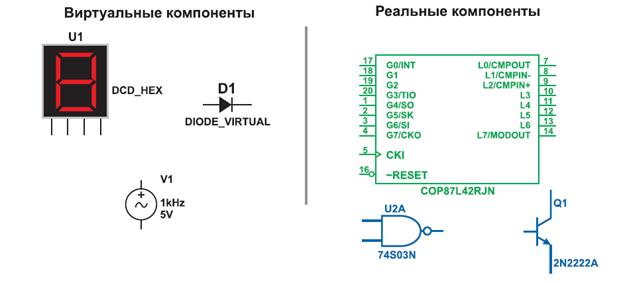Конструирование юбки-клинки
Nonetheless, the thought persists among some relativists that there is a philosophically significant connection between relativism and tolerance. Perhaps the conjunction of MMR and an ethical principle could give us a reason for tolerance we would not have on the basis of the ethical principle alone. Such an approach has been proposed by Wong (1984: ch. 12). The principle is, roughly speaking, that we should not interfere with people unless we could justify this interference to them (if they were rational and well-informed in relevant respects). Wong called this “the justification principle.” Of course, it is already a tolerance principle of sorts. The idea is that it gains broader scope if MMR is correct. Let us suppose the statement that there is an individual right to freedom of speech is true and justified for our society, but is false and unjustified in another society in which the press is restricted for the good of the community. In this case, given MMR, our society might not be able to justify interference to the restrictive society concerning freedom of the press. Any justification we could give would appeal to values that are authoritative for us, not them, and no appeal to logic or facts alone would give them a reason to accept our justification. If the justification principle were widely accepted, this argument might explain why some people have had good reason to think there is a connection between relativism and tolerance. But there is a question about whether the position is stab le. Wong derived the justification principle from Kant, and Kant rejected MMR. If we were to accept MMR, would we still have reason to accept the justification principle? Wong thought we might, perhaps on the basis of considerations quite independent of Kant. In any case, this argument would only show that MMR plays a role in an argument for tolerance that is relevant to people in a society that accepted the justification principle. The argument does not establish that there is a general connection between relativism and tolerance. Nor does it undermine the contention that MMR may have the result that T is true in some societies and false in others. In his more recent defense of pluralistic relativism (2006), Wong has argued that, since some serious moral disagreements are inevitable, any adequate morality will include the value of what he calls accommodation. This involves a commitment to peaceful and non-coercive relationships with persons with whom we disagree. Accommodation appears to be related to tolerance, but Wong argues for more than this: we should also try to learn from others, compromise with them, preserve relationships with them, etc. Wong's defense of accommodation is immune to the objection that relativism cannot be a basis for such a universal value because his defense purports to be based on considerations that any adequate morality should recognize. However, for this reason, though it presupposes the considerations supporting the relativist dimension of his position (there is no single true morality), it argues from the non-relativist dimension (there are universal constraints any morality should accept, in particular, that one function of morality is to promote social co-operation). Hence, it is not strictly speaking an argument from relativism to accommodation. Конструирование юбки-клинки Клиньевые юбки строят по ЕМКО с учетом измерений типовой фигуры и прибавок на свободное облегание. Клиньевые юбки состоят из четырех и более клиньев. Они могут быть построены на чертеже прямой или конической юбки. А также строят один симметричный клин. Классификация юбки – клинки Таблица 1
|














